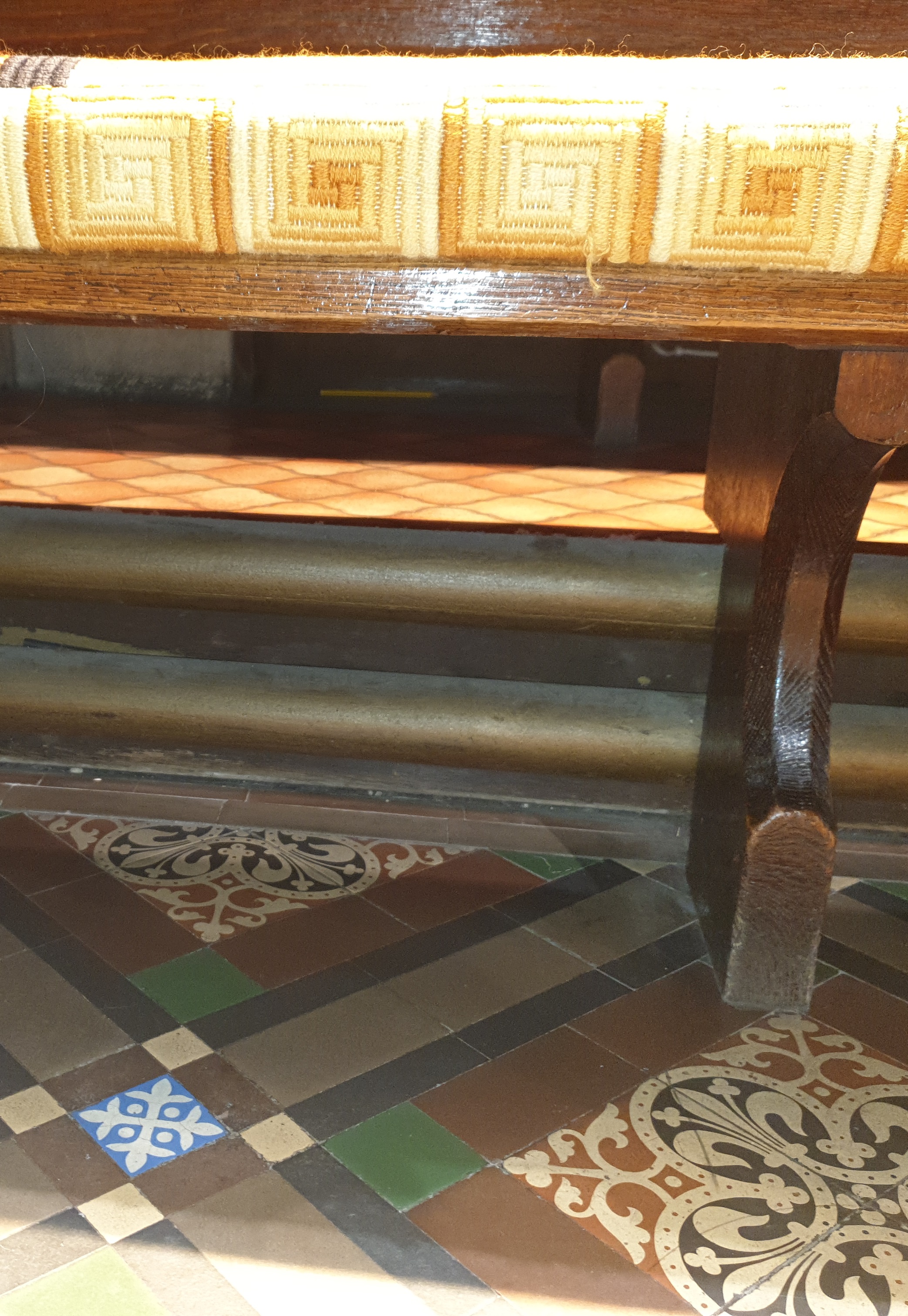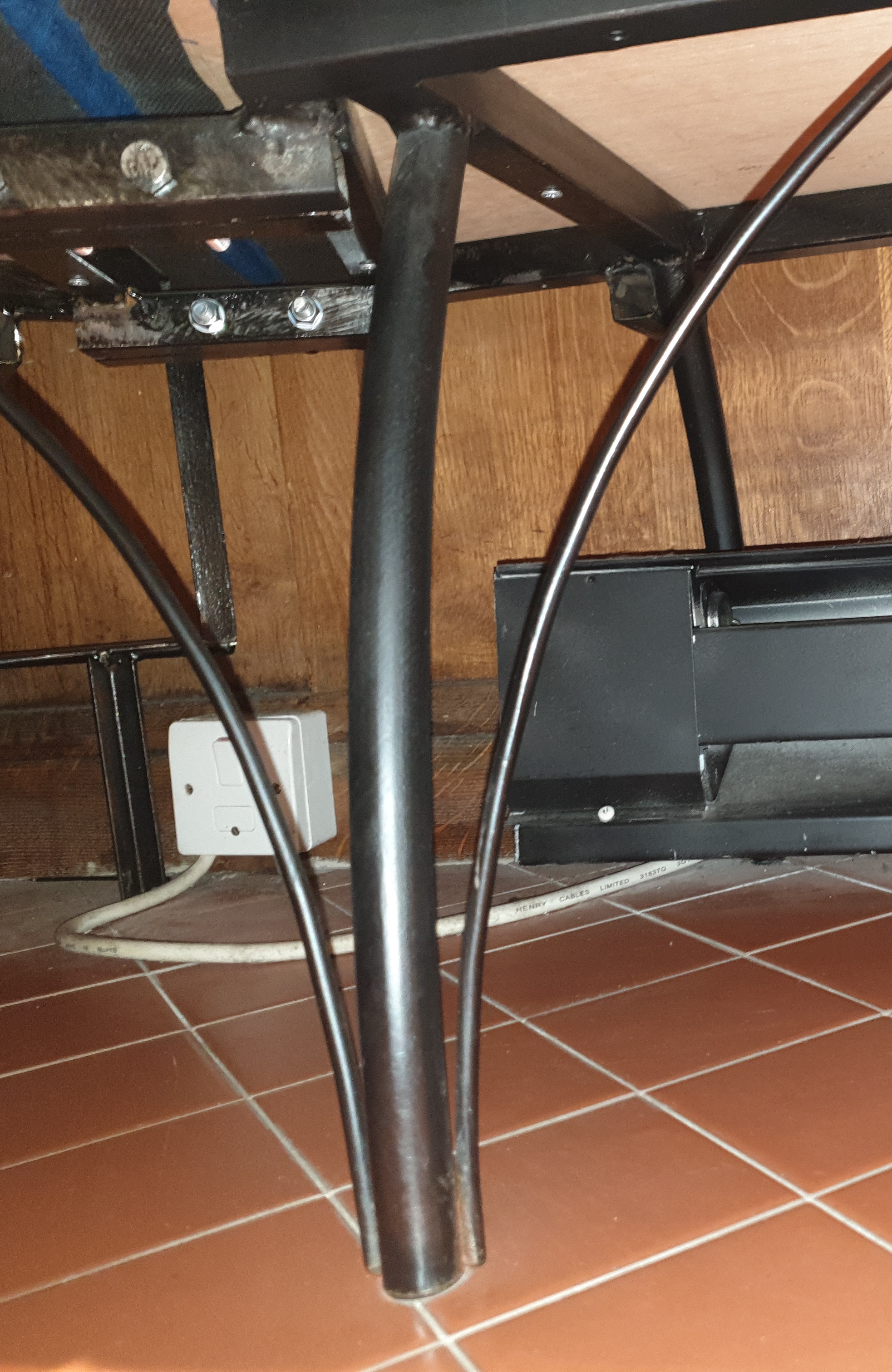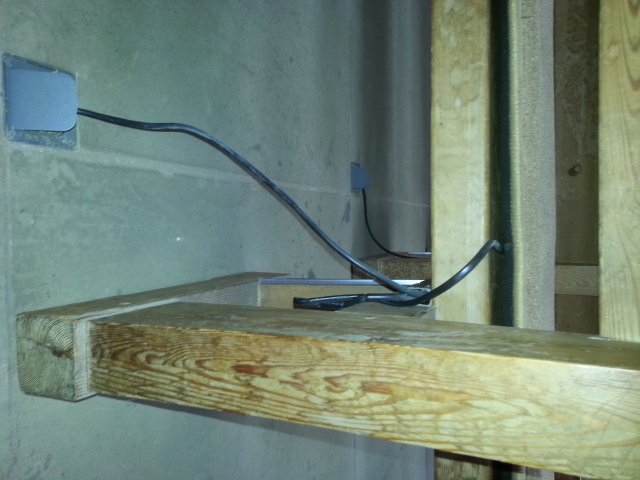Heated seating#
Most people are only familiar with heated seating in cars, but it is fairly common in churches, in the form of electric tubular heaters, or small radiators, or even just warm pipe loops, under the pews. The principle is to make people comfortable despite low air temperatures.



All of these are still options as long as they run cool enough not to be a safety hazard. There are also some modern options.
Heated seat cushions range for small rechargeable ones popular in football stadiums to ones that are wired permanently into the mains and resemble ordinary pew runners. There are some prominent churches in Central Europe where seat cushions are the only form of heating, like the National Basilica of Slovakia. The Church of England is trialling the full range of cushions available and producing case studies to try to help churches understand their options.
Panel heaters that mount on the back of church pews and altars. The panel heaters aren’t meant for direct contact, but are a kind of low power, very close range radiant heating.
This option is most attractive to venues in occasional use, although the general principle applies elsewhere. Some people use radiant panel heaters under their office desks, and there are even a very few high-backed, heated office chairs on the market. Even just having an unheated cushion or something more like carpet between a person and a cold surface will improve their comfort.
Many venues with fixed seating, like church pews, are taking it out so that the space is more flexible and attractive to a wider range of user groups. If you are considering heated seating, keep this in mind. Any devices that use mains electricity need to turn off automatically. We don’t recommend considering portable options because they are inherently less safe - they can tip over and it’s a lot easier to accidentally leave them on, and harder to find them when they are.
